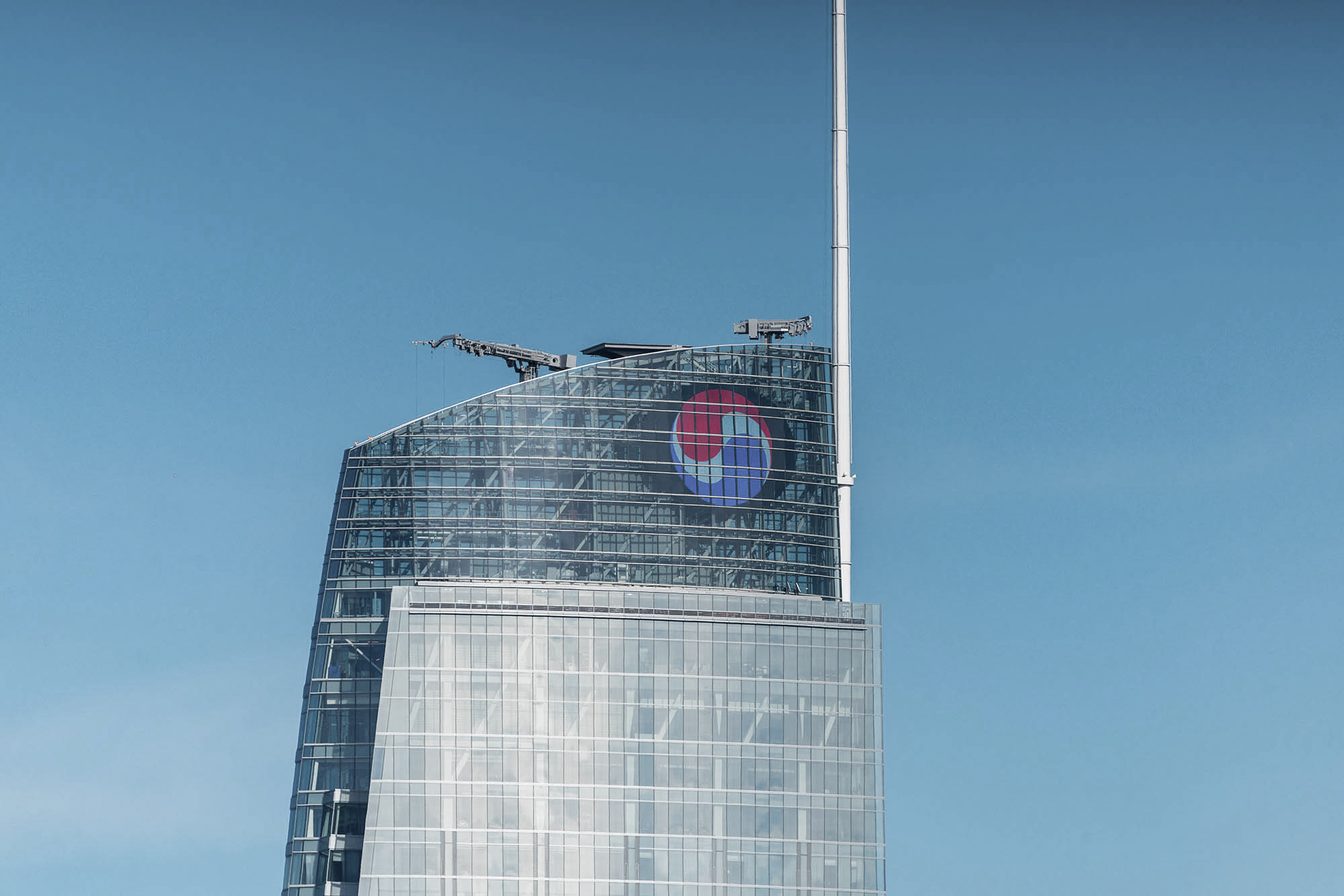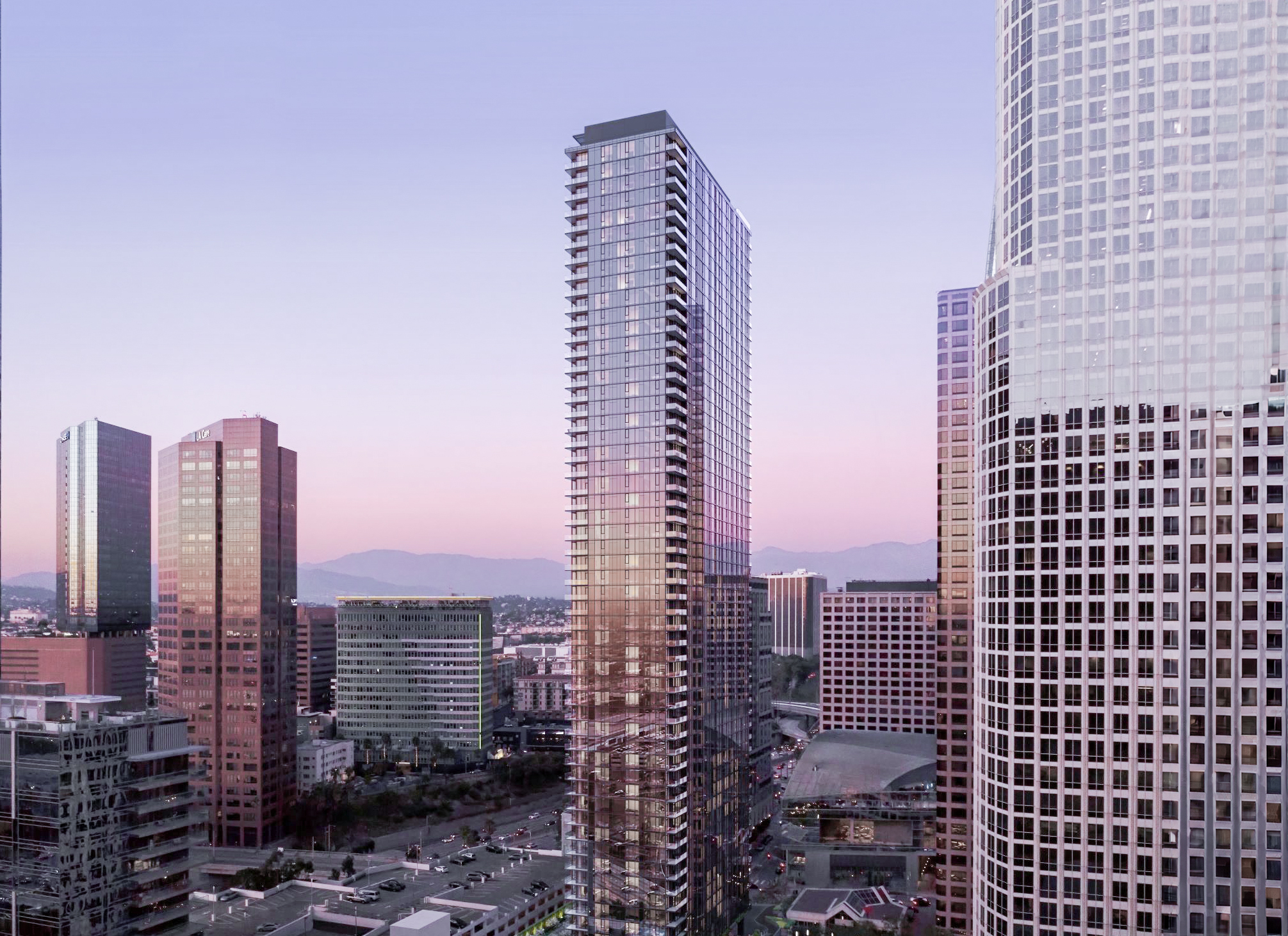The Wilshire Grand Center is a Contemporary skyscraper designed in 2009 by AC Martin Partners, and built between 2013 and 2017 in Los Angeles, CA.
Its precise street address is 900 Wilshire Blvd., Los Angeles, CA. You can also find it on the map here.
The Wilshire Grand Center has received multiple architecture awards for its architectural design since 2017. The following is a list of such prizes and awards:
- Award of Excellence 2019 CTBUH in 2019
- Los Angeles Architectural Awards - Award of Excellence (Mixed-Use) in 2018
- 2020 American Institute of Steel Construction - IDEAS2 Awards in 2020



